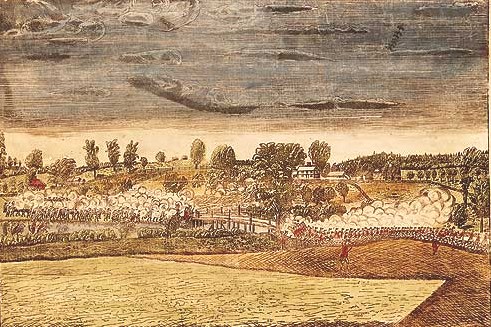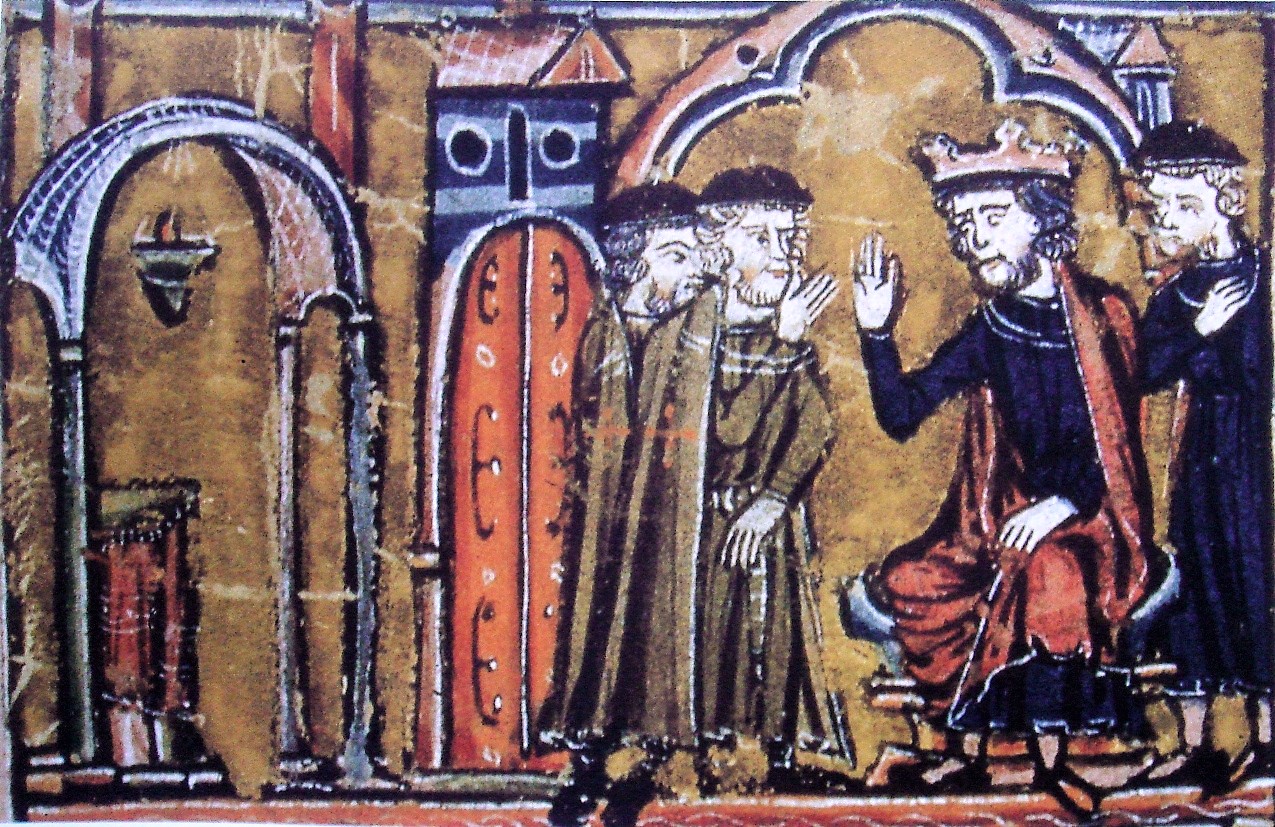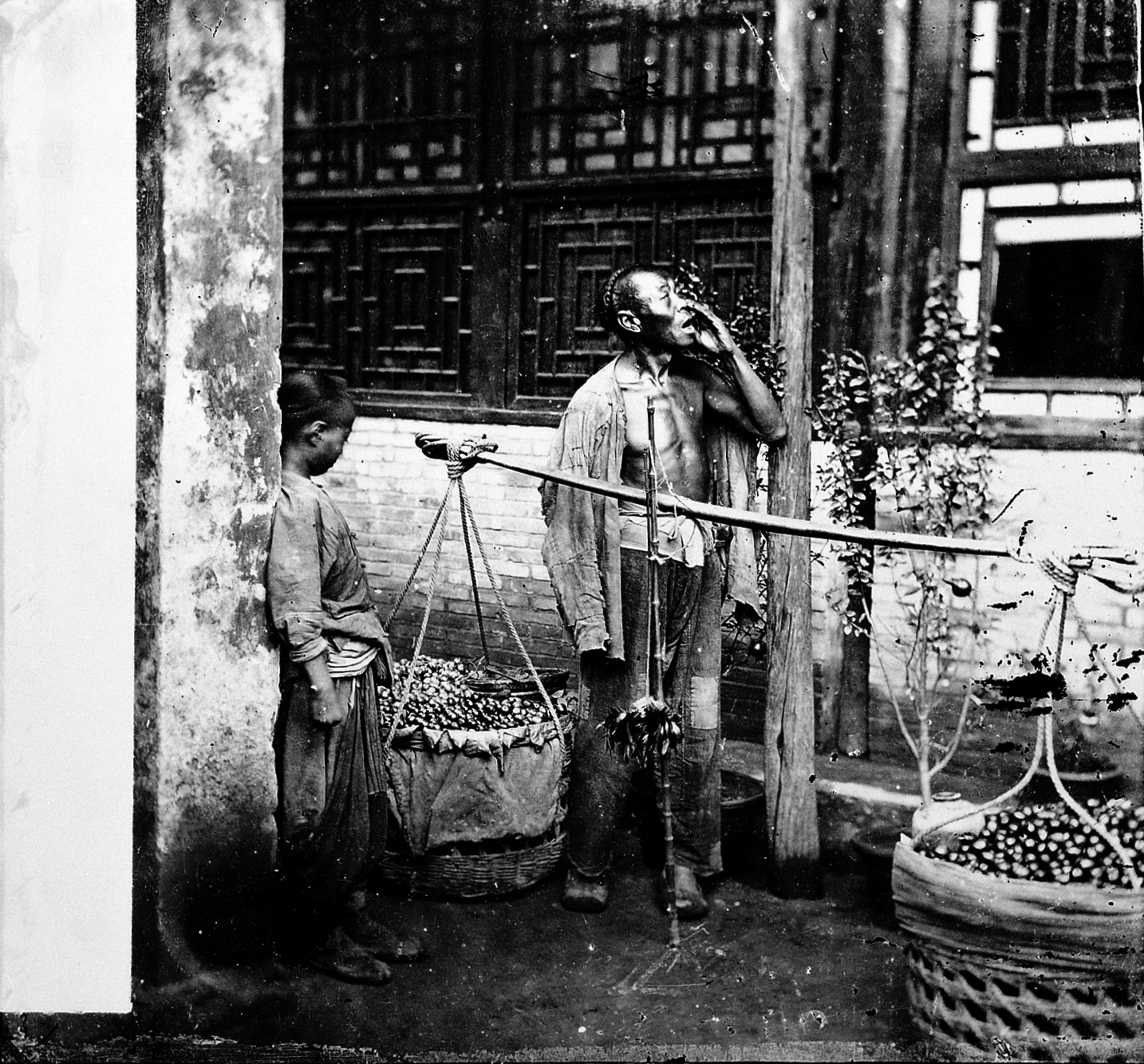|
William Yale (merchant)
William Yale (1784 – 1833) was a tin ware merchant, politician, Justice of the Peace, and the largest manufacturer in Meriden, Connecticut. He was the oldest son of Revolutionary War Patriot (American Revolution), patriot Samuel Yale Sr., founder of the Yale manufacturing dynasty of Connecticut. He also served in the Connecticut State House of Representatives from Meriden in 1825, and did business with the Griswold family, Griswolds. His entreprises were succeeded by his son, Gen. Edwin R. Yale, proprietor of the U.S. Hotel and Mansion House in New York. Early life William Yale was born March 13, 1784, to wealthy merchant Samuel Yale (b. 1763) and Eunice Paine, members of the Yale (surname), Yale family.History of Wa ... [...More Info...] [...Related Items...] OR: [Wikipedia] [Google] [Baidu] |
Tin Ware
Tinware is any item made of prefabricated tinplate. Usually tinware refers to kitchenware made of tinplate, often crafted by tinsmiths. Many cans used for canned food are tinware as well. Something that is tinned after being shaped and fabricated is not considered tinware.W. E. Minchinton, The British Tinplate Industry: A History. Clarendon Press, Oxford. 1957. Pp1. Similar industrial products are called tin-sheet products or tinwork. Properties Tinware is strong, easily shaped, solder able, and is non-toxic. In addition, it has a good appearance which can be further enhanced by lacquering it. Of extreme importance is its property of corrosion resistance, especially against attack by food products. These properties are due to the properties of tinplate, as tinware is made of tinplate. Tinplate Tinplate originated in Bohemia in the Middle Ages. Sources differ as to when this happened, ranging from the late thirteenth century C.L. Mantell, Ph.D. Tin: Its Mining, Production, Technol ... [...More Info...] [...Related Items...] OR: [Wikipedia] [Google] [Baidu] |
Cabinet Maker
A cabinet is a case or cupboard with shelves and/or drawers for storing or displaying items. Some cabinets are stand alone while others are built in to a wall or are attached to it like a medicine cabinet. Cabinets are typically made of wood (solid or with veneers or artificial surfaces), coated steel (common for medicine cabinets), or synthetic materials. Commercial grade cabinets usually have a melamine-particleboard substrate and are covered in a high pressure decorative laminate, commonly referred to as Wilsonart or Formica. Cabinets sometimes have one or more doors on the front, which are mounted with door hardware, and occasionally a lock. Cabinets may have one or more doors, drawers, and/or shelves. Short cabinets often have a finished surface on top that can be used for display, or as a working surface, such as the countertops found in kitchens. A cabinet intended to be used in a bedroom and with several drawers typically placed one above another in one or more column ... [...More Info...] [...Related Items...] OR: [Wikipedia] [Google] [Baidu] |
John Sullivan (general)
John Sullivan (February 17, 1740 – January 23, 1795) was an American general in the Revolutionary War winning several key battles most notably the Delaware crossing. He was a delegate in the Continental Congress where he signed the Continental Association, the third governor of New Hampshire, and a United States district judge of the United States District Court for the District of New Hampshire. Sullivan, the third son of American settlers, served as a major general in the Continental Army and as governor (or "president") of New Hampshire. He commanded the Sullivan Expedition in 1779, a scorched earth campaign against the Iroquois towns that had taken up arms against the American revolutionaries. As a member of Congress, Sullivan worked closely with the French ambassador to the United States, the Chevalier de la Luzerne. Early life and family Born in Somersworth in the Province of New Hampshire, British America, Sullivan was the third son of Irish settlers from the Beara P ... [...More Info...] [...Related Items...] OR: [Wikipedia] [Google] [Baidu] |
Boston Campaign
The Boston campaign was the opening campaign of the American Revolutionary War, taking place primarily in the Province of Massachusetts Bay. The campaign began with the Battles of Lexington and Concord on April 19, 1775, in which the local colonial militias interdicted a British government attempt to seize military stores and leaders in Concord, Massachusetts. The entire British expedition suffered significant casualties during a running battle back to Charlestown against an ever-growing number of militia. Subsequently, accumulated militia forces surrounded the city of Boston, beginning the siege of Boston. The main action during the siege, the Battle of Bunker Hill on June 17, 1775, was one of the bloodiest encounters of the war, and resulted in a Pyrrhic British victory. Brooks (1999), p. 237 There were also numerous skirmishes near Boston and the coastal areas of Boston, resulting in loss of life, military supplies, or both. In July 1775, George Washington took command of t ... [...More Info...] [...Related Items...] OR: [Wikipedia] [Google] [Baidu] |
Templars
, colors = White mantle with a red cross , colors_label = Attire , march = , mascot = Two knights riding a single horse , equipment = , equipment_label = , battles = The Crusades, including: , anniversaries = , decorations = , battle_honours = , commander1 = Hugues de Payens , commander1_label = First Grand Master , commander2 = Jacques de Molay , commander2_label = Last Grand Master , commander3 = , commander3_label = , notable_commanders = The Poor Fellow-Soldiers of Christ and of the Temple of Solomon ( la, Pauperes commilitones Christi Templique Salomonici), also known as the Order of Solomon's Temple, the Knights Templar, or simply the Templars, was ... [...More Info...] [...Related Items...] OR: [Wikipedia] [Google] [Baidu] |
Hugues De Payens
Hugues de Payens or Payns (9 February 1070 – 24 May 1136) was the co-founder and first Grand Master of the Knights Templar. In association with Bernard of Clairvaux, he created the ''Latin Rule'', the code of behavior for the Order. Name The majority of the primary sources of information for his life are presented in Latin or the medieval French language. In French his name usually appears as ''Hugues de Payens'' or ''Payns'' (). His earliest certain appearance in documents is under the part-Latin, part-French name ''Hugo de Peans'' (1120–1125; details below). Later Latin sources call him ''Hugo de Paganis''. In English works he often appears as ''Hugh de Payns'', in Italian sometimes as ''Ugo de' Pagani'. Origin and early life There is no known early biography of Hugues de Payens in existence, nor do later writers cite such a biography. None of the sources on his later career give details of his early life. Information is therefore scanty and uncertain; embellishments ... [...More Info...] [...Related Items...] OR: [Wikipedia] [Google] [Baidu] |
Market Bosworth
Market Bosworth is a market town and civil parish in western Leicestershire, England. At the 2001 Census, it had a population of 1,906, increasing to 2,097 at the 2011 census. It is most famously near to the site of the decisive final battle of the Wars of the Roses. In 1974, Market Bosworth Rural District merged with Hinckley Rural District to form the district of Hinckley and Bosworth. Although the town is in Leicestershire, its postal address is Nuneaton, Warwickshire and postal area code CV13. History The town's historic cattle market closed in 1996. Building work here and at other sites has revealed evidence of a settlement on the hill since the Bronze Age. Remains of a Roman villa have been found on the east side of Barton Road. Bosworth as an Anglo-Saxon village dates from the 8th century. Before the Norman Conquest of 1066, there were two manors at Bosworth one belonging to an Anglo-Saxon knight named Fernot, and some sokemen. Following the Norman conquest, as recor ... [...More Info...] [...Related Items...] OR: [Wikipedia] [Google] [Baidu] |
George Washington
George Washington (February 22, 1732, 1799) was an American military officer, statesman, and Founding Father who served as the first president of the United States from 1789 to 1797. Appointed by the Continental Congress as commander of the Continental Army, Washington led the Patriot forces to victory in the American Revolutionary War and served as the president of the Constitutional Convention of 1787, which created the Constitution of the United States and the American federal government. Washington has been called the " Father of his Country" for his manifold leadership in the formative days of the country. Washington's first public office was serving as the official surveyor of Culpeper County, Virginia, from 1749 to 1750. Subsequently, he received his first military training (as well as a command with the Virginia Regiment) during the French and Indian War. He was later elected to the Virginia House of Burgesses and was named a delegate to the Continental Congress ... [...More Info...] [...Related Items...] OR: [Wikipedia] [Google] [Baidu] |
Pewter
Pewter () is a malleable metal alloy consisting of tin (85–99%), antimony (approximately 5–10%), copper (2%), bismuth, and sometimes silver. Copper and antimony (and in antiquity lead) act as hardeners, but lead may be used in lower grades of pewter, imparting a bluish tint. Pewter has a low melting point, around , depending on the exact mixture of metals. The word ''pewter'' is probably a variation of the word ''spelter'', a term for zinc alloys (originally a colloquial name for zinc). History Pewter was first used around the beginning of the Bronze Age in the Near East. The earliest known piece of pewter was found in an Egyptian tomb, c. 1450 BC, but it is unlikely that this was the first use of the material. Pewter was used for decorative metal items and tableware in ancient times by the Egyptians and later the Romans, and came into extensive use in Europe from the Middle Ages until the various developments in pottery and glass-making during the 18th and 19th centuries. ... [...More Info...] [...Related Items...] OR: [Wikipedia] [Google] [Baidu] |
Peddler
A peddler, in British English pedlar, also known as a chapman, packman, cheapjack, hawker, higler, huckster, (coster)monger, colporteur or solicitor, is a door-to-door and/or travelling vendor of goods. In England, the term was mostly used for travellers hawking goods in the countryside to small towns and villages. In London, more specific terms were used, such as costermonger. From antiquity, peddlers filled the gaps in the formal market economy by providing consumers with the convenience of door-to-door service. They operated alongside town markets and fairs where they often purchased surplus stocks which were subsequently resold to consumers. Peddlers were able to distribute goods to the more geographically-isolated communities such as those who lived in mountainous regions of Europe. They also called on consumers who, for whatever reason, found it difficult to attend town markets. Thus, peddlers played an important role in linking these consumers and regions to wider trade ... [...More Info...] [...Related Items...] OR: [Wikipedia] [Google] [Baidu] |
Britannia Metal
Britannia metal (also called britannium or Britannia ware) is a specific type of pewter alloy, favoured for its silvery appearance and smooth surface. The composition by weight is typically about 92% tin, 6% antimony, and 2% copper. Britannia metal is usually spun rather than cast, and melts at 255 degrees Celsius. History Britannia metal was first produced in 1769 or 1770. James Vickers created it after purchasing the formula from a dying friend. It was originally known as "Vickers White Metal" when made under contract by the Sheffield manufacturers Ebenezer Hancock and Richard Jessop. In 1776 James Vickers took over the manufacturing himself and remained as owner until his death in 1809, when the company passed to his son John and son-in-law Elijah West. In 1836 the company was sold to John Vickers's nephew Ebenezer Stacey (the son of Hannah Vickers and John Stacey). After the development of electroplating with silver in 1846, Britannia metal was widely used as the base me ... [...More Info...] [...Related Items...] OR: [Wikipedia] [Google] [Baidu] |
No Taxation Without Representation
"No taxation without representation" is a political slogan that originated in the American Revolution, and which expressed one of the primary grievances of the American colonists for Great Britain. In short, many colonists believed that as they were not represented in the distant British parliament, any taxes it imposed on the colonists (such as the Stamp Act and the Townshend Acts) were unconstitutional, and were a denial of the colonists' rights as Englishmen. The firm belief that the government should not tax a populace unless that populace is represented in some manner in the government developed in the English Civil War, following the refusal of parliamentarian John Hampden to pay ship money tax. In the context of British taxation of its American colonies, the slogan "No taxation without representation" appeared for the first time in a headline of a February 1768 ''London Magazine'' printing of Lord Camden's "Speech on the Declaratory Bill of the Sovereignty of Great ... [...More Info...] [...Related Items...] OR: [Wikipedia] [Google] [Baidu] |









